Coal-fired boilers are commonly used in industries such as power generation, produzione, e lavorazioni chimiche, tra gli altri. Funzionano bruciando carbone per produrre vapore, which is then used to power turbines that generate electricity or drive machinery. In questo articolo, we will discuss the different types of coal-fired boilers, their advantages and disadvantages, and the industries that use them.
Types of coal-fired boilers
Coal-fired boilers have been used for decades to produce steam and generate electricity. They are known for their reliability, efficienza, e convenienza. Tuttavia, as concerns about climate change and air pollution grow, there is increasing pressure to reduce the use of coal-fired boilers and transition to cleaner energy sources. Despite this, coal-fired boilers continue to play a vital role in many industries, and it’s essential to understand the different types available.
Pulverized Coal-Fired Boilers
Pulverized coal-fired boilers are the most common type of coal-fired boiler used in power plants. They work by grinding coal into a fine powder, which is then blown into the boiler’s combustion chamber. The powder ignites quickly, producing a large flame that heats the water in the boiler’s tubes. The resulting steam is then used to generate electricity.
The advantages of pulverized coal-fired boilers include their high efficiency and ability to burn low-grade coal. Tuttavia, they can be expensive to install and maintain, and their high combustion temperatures can result in increased emissions of pollutants like nitrogen oxides.
Industries that use pulverized coal-fired boilers include power generation, cement production, e lavorazioni chimiche.

Cyclone Furnace Boilers
Cyclone furnace boilers use a unique combustion process that involves swirling coal and air in a cyclone-shaped chamber. The swirling action causes the coal to burn more efficiently, resulting in lower emissions and higher efficiency than traditional boilers.
The advantages of cyclone furnace boilers include their ability to burn low-grade coal, high efficiency, and lower emissions. Tuttavia, they can be more expensive to install than other types of coal-fired boilers.
Industries that use cyclone furnace boilers include steel production and food processing.
Fluidized Bed Combustion Boilers
Fluidized bed combustion boilers use a bed of crushed coal particles that are suspended in a stream of air. The coal particles are heated by the air, causing them to ignite and burn. The resulting heat is then used to generate steam.
The advantages of fluidized bed combustion boilers include their ability to burn a wide range of coal types, high efficiency, and lower emissions. Tuttavia, they can be more complex and expensive to install than other types of coal-fired boilers.
Industries that use fluidized bed combustion boilers include power generation, paper production, e lavorazioni chimiche.

Hand-Fired Boilers
Hand-fired boilers are an older type of coal-fired boiler that uses manual feeding of coal into the combustion chamber. They are typically found in smaller facilities and are less common in large industrial applications.
The advantages of hand-fired boilers include their simplicity and low cost. Tuttavia, they have lower efficiency and are more labor-intensive than other types of boilers.
Industries that use hand-fired boilers include small-scale power generation and heating applications.
Stoker-Fired Boilers
Stoker-fired boilers are a type of coal-fired boiler that uses a mechanical stoker to feed coal into the furnace. The stoker is designed to distribute the coal uniformly over the grate, where it is burned to produce heat.
The advantages of stoker-fired boilers include their high efficiency, which results in lower fuel costs, and their ability to burn a variety of coal types. Stoker-fired boilers also produce lower emissions than hand-fired boilers, making them a more environmentally friendly option.
Tuttavia, stoker-fired boilers can be more expensive to install and maintain than other types of coal-fired boilers. They also require a steady supply of coal and regular maintenance to ensure optimal performance.
Industries that use stoker-fired boilers include power generation, where they are used to produce steam for electricity production, and other industrial applications, such as paper production, food processing, and chemical manufacturing.
Examples of stoker-fired boilers include the traveling grate stoker boiler and the spreader stoker boiler. The traveling grate stoker boiler uses a continuously moving grate that evenly distributes coal across the combustion chamber. The spreader stoker boiler uses a mechanism that spreads coal across the grate, allowing for a more even burn.
Conclusione
Insomma, coal-fired boilers are a vital component of many industries, despite the increasing pressure to transition to cleaner energy sources. Understanding the different types of coal-fired boilers and their advantages and disadvantages can help industries make informed decisions about which type to use.
Pulverized coal-fired boilers are the most common type of coal-fired boiler and are used in power generation, cement production, e lavorazioni chimiche. Cyclone furnace boilers use a unique combustion process that produces lower emissions and higher efficiency, and they are used in steel production and food processing. Fluidized bed combustion boilers are known for their ability to burn a wide range of coal types and are used in power generation, paper production, e lavorazioni chimiche. Hand-fired boilers are simpler and less expensive, but less efficient and more labor-intensive, and are used in small-scale power generation and heating applications. Finally, stoker-fired boilers are known for their high efficiency and ability to burn a variety of coal types and are used in power generation and other industrial applications.
As industries continue to navigate the changing energy landscape, it is essential to consider the environmental impact of coal-fired boilers and explore alternative energy sources. Tuttavia, in the meantime, understanding the different types of coal-fired boilers and their applications can help industries make informed decisions about their energy needs.

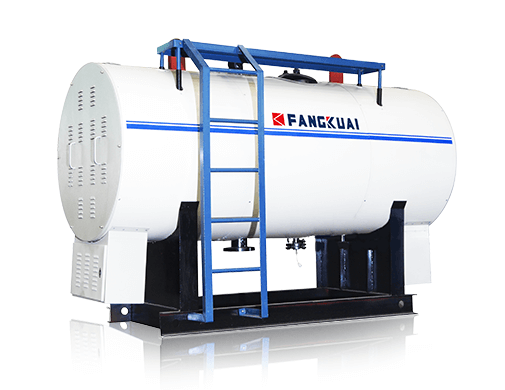 Caldaia elettrica per acqua calda
Caldaia elettrica per acqua calda 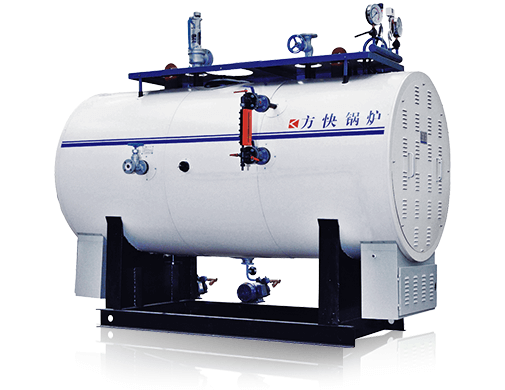 Caldaia a vapore elettrica
Caldaia a vapore elettrica 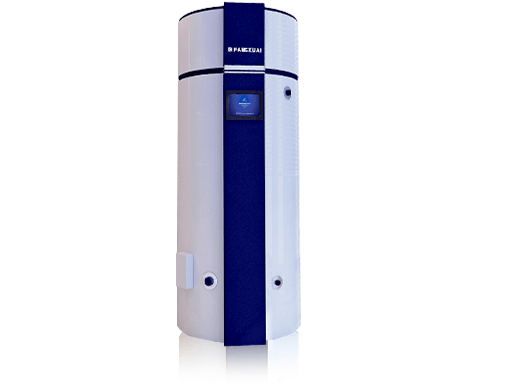 Caldaia ad acqua calda a gas V6
Caldaia ad acqua calda a gas V6 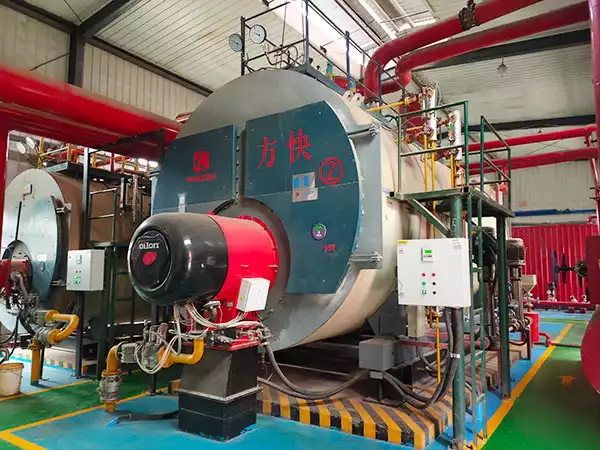 2023 Guida ai prezzi delle caldaie a gas | Confronto dei costi della caldaia a gas domestica
2023 Guida ai prezzi delle caldaie a gas | Confronto dei costi della caldaia a gas domestica 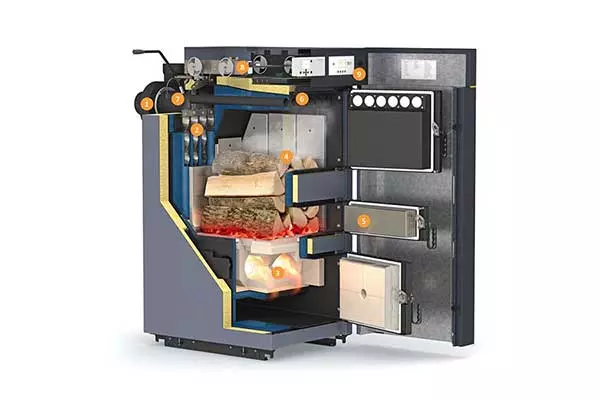 Le migliori caldaie a gassificazione del legno in vendita | Guida all'acquisto
Le migliori caldaie a gassificazione del legno in vendita | Guida all'acquisto 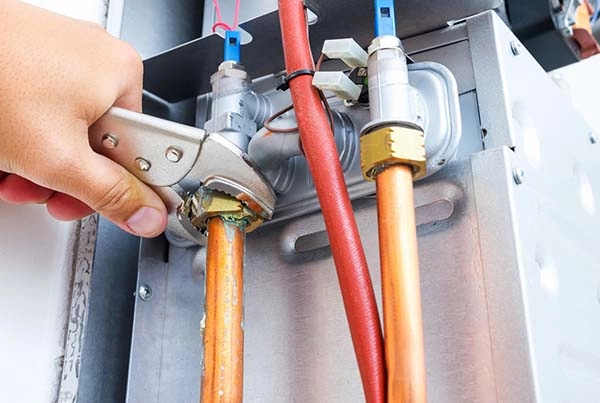 Prezzi della caldaia combinata elettrica | 2023 Guida all'acquisto
Prezzi della caldaia combinata elettrica | 2023 Guida all'acquisto 